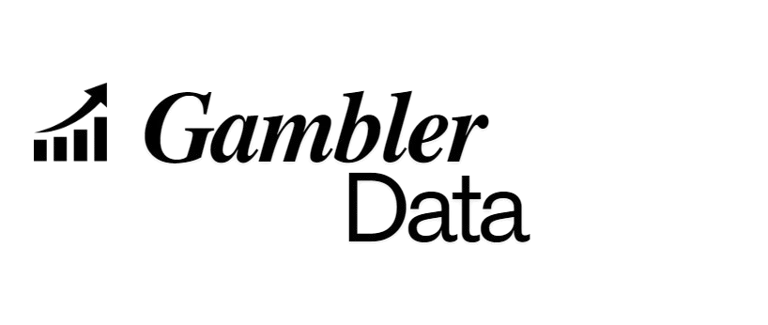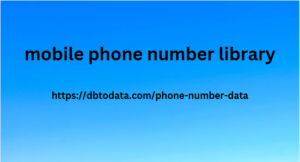What is a content plan and why do you need one
It is always easier to live by a plan – it gives you the opportunity to think through and foresee all the nuances. The same goes for launching email marketing: a strategy will help you prepare properly and avoid burning deadlines. Newsletters are one of the most powerful promotion tools. They allow you to maintain contact with your audience, build long-term relationships with subscribers and increase sales. Creating content for newsletters without a systematic plan can be a waste of your budget.
A content plan for email newsletters
is a structured schedule that specifies the sending dates and subject lines of the letters. This is the basic information that is included in the plan. Optionally, you can add division by categories, audience segments, assignment of those responsible for the text, design and layout and the task status.
A content plan creates a framework for the strategy, helps to canada phone number data organize, systematize and structure ideas.
The plan will ensure regular newsletters and consistency of topics. And stable content is an increase in brand awareness and a strong connection with the audience.
It is easier to track and improve the effectiveness of mailings and the strategy as a whole. Analyze past results and use this data to plan future content.
When planning, you will build a logical connection between the texts in social networks, on the website and in email newsletters.
Save time and resources. Planned content reduces the need for rushing and stressing to layout newsletters and paying performers extra for urgency.
Content formats and types
Before preparing a content plan, you need to understand the formats of newsletters that can be included in it. Depending on the goals and objectives, all letters are conditionally divided into five large groups. Combining different types of email newsletters will help diversify the content and find an approach to all segments of the target audience.
Trigger newsletters: are activated automatically when the recipient performs certain actions: registration, placing an order, adding a product to favorites, confirming a subscription, and so on. They are aimed at personalizing communication with the client and can include thanks, reminders, offers of related products or services.
Sales mailings: aimed at stimulating sales. Most often, this is information about 7 creative flyer designs for your store special offers, discounts, promotions. You can also send case studies or customer reviews that influence the decision to purchase.
Informational mailings: contain useful content that is valuable to readers. For example, tips, product or service updates, news and relevant articles or research.
Engaging mailings: entertain the user and motivate them to consumer data interact more with the brand. These can be surveys, contests, games, questionnaires that allow recipients to participate in various activities.
Special projects: a series of letters on a specific topic. For example, digests with exclusive offers, partner collaborations and invitations to offline events.

